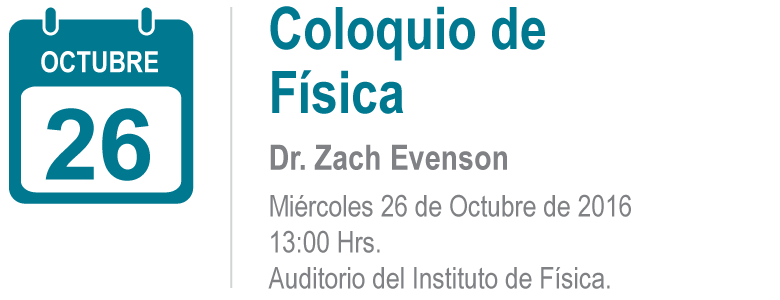
Procedencia: Technische Universität München
Resumen:
The 1990s experienced great leaps and bounds in the development of metallic
glasses: multi-component alloys with disordered internal structures and
outstanding materials properties such as high strength, large elastic limit
and the ability to be molded like plastics. The mainstream breakthrough came
with the discovery of so-called bulk metallic glasses (BMGs), which could be
casted as fully amorphous components up to several centimeters in thickness.
Today, BMGs hover just on the brink of large-scale commercial viability.
Predictive design and optimal control over their materials properties poses an
on-going challenge. International research programs devote continuous effort
to pinpointing the right mix and proportions of elements that lead to thicker
and more thermally stable metallic glasses. At the same time, their
technological applicability is tied to a critical compromise between cost and
functionality. Understanding how to predict and control the materials
properties of metallic glasses ultimately hinges on our ability to the access
their properties on the atomic and nanometer scales. I will broadly discuss
metallic glasses along with their topical relevance to science and technology.
An outlook into exciting future possibilities at large-scale research
facilities will also be given.










